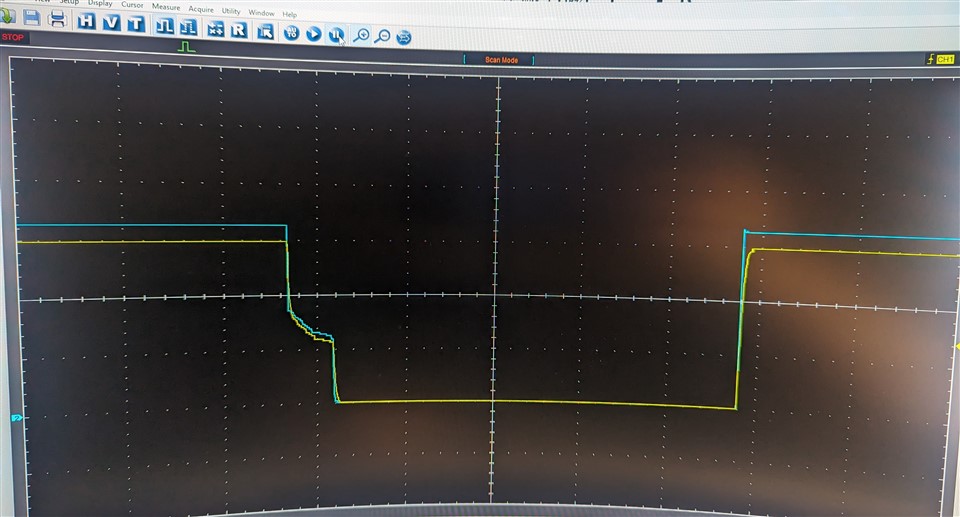Hey,
we designed a circuit using CC2650, we now face an issue that removing the battery and connecting it again will require a reset pulse to be applied to the CC2650, otherwise it is stuck.
this does not happen all the time.
any idea what can cause that and how to solve it?
p.s
the design is mostly based on the sensortag reference design.
thanks,




